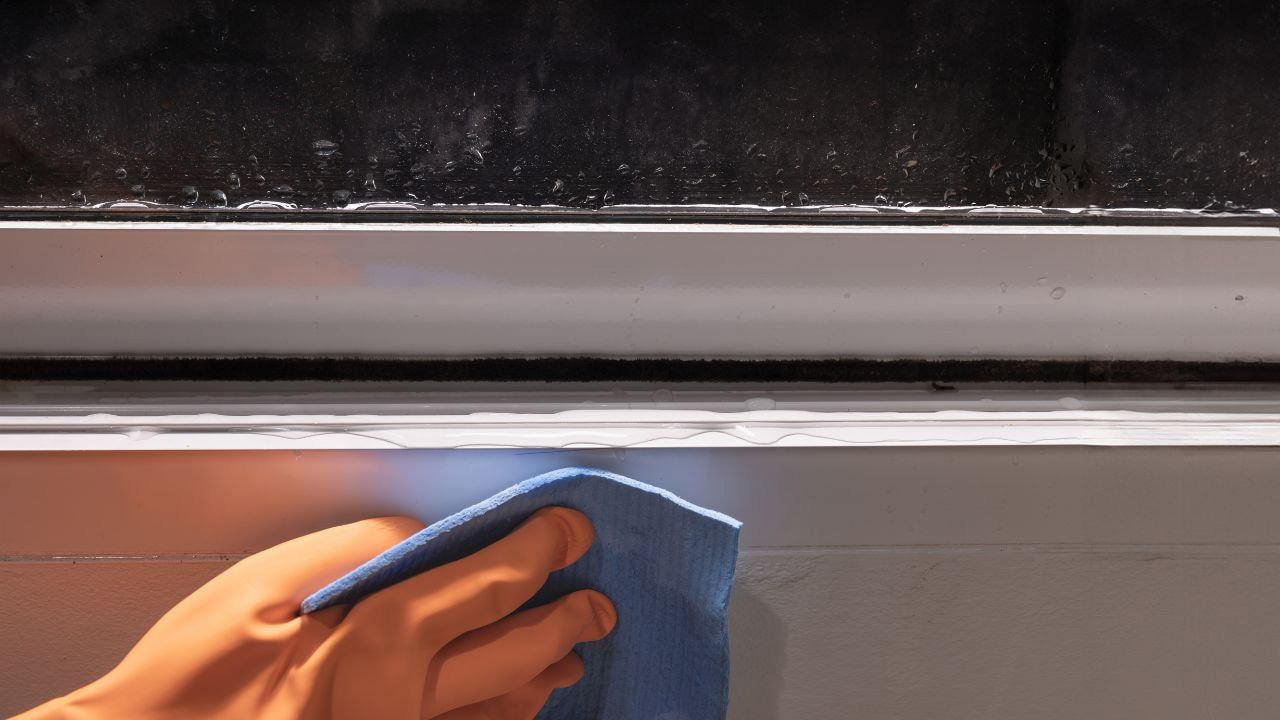Ever walked into a room and noticed a puddle near the window or a mysterious stain creeping along the wall?
In Singapore’s tropical climate, leaking windows can quickly turn from a minor annoyance into a major nightmare, affecting not just the comfort of your indoor environment but also the structural damage to your property.
Stick around as we learn the top seven causes behind window leaks and share tips on keeping your spaces dry and snug!
Why Do My Windows Leak?
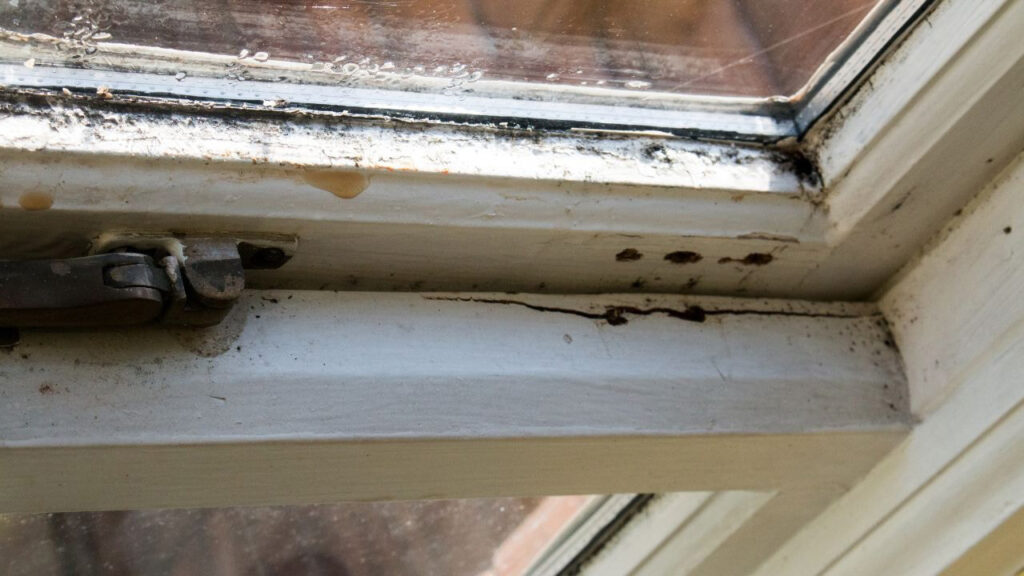
Leaking window frames? Leaky windows are a common headache for homeowners and businesses, especially in Singapore’s unpredictable weather.
Although it’s more typical in older constructions, new buildings aren’t immune. No building material is flawless, and almost all windows will start to leak eventually.
Here are 7 key reasons for a window leak and what you can do to fix or prevent it.
1. Poor Installation
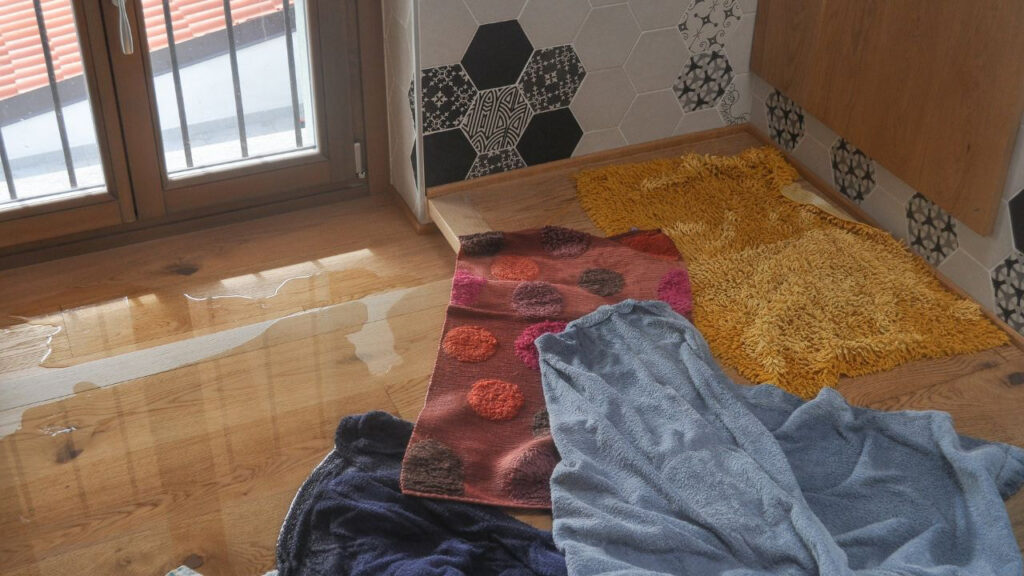
Faulty installation often results in gaps between the window and the window frame. If specially designed waterproof flashing isn’t installed correctly or unsuitable materials like house wrap are used instead of proper flashing, it won’t effectively block water infiltration.
This can be evident when windows, despite being new, start leaking during the first heavy rain. This is a clear sign of gaps in sealing.
2. Wear and Tear

As windows age, exposure to the sun, wind, and harsh weather conditions can degrade window frames and window seals, including cracked glazing putty and broken sealant, accelerating leaks in climates like Singapore’s.
Constant humidity and sunlight can quickly degrade window seals and framing, leading to leaks that might not be immediately obvious until noticeable damage occurs.
3. Compromised Sealant
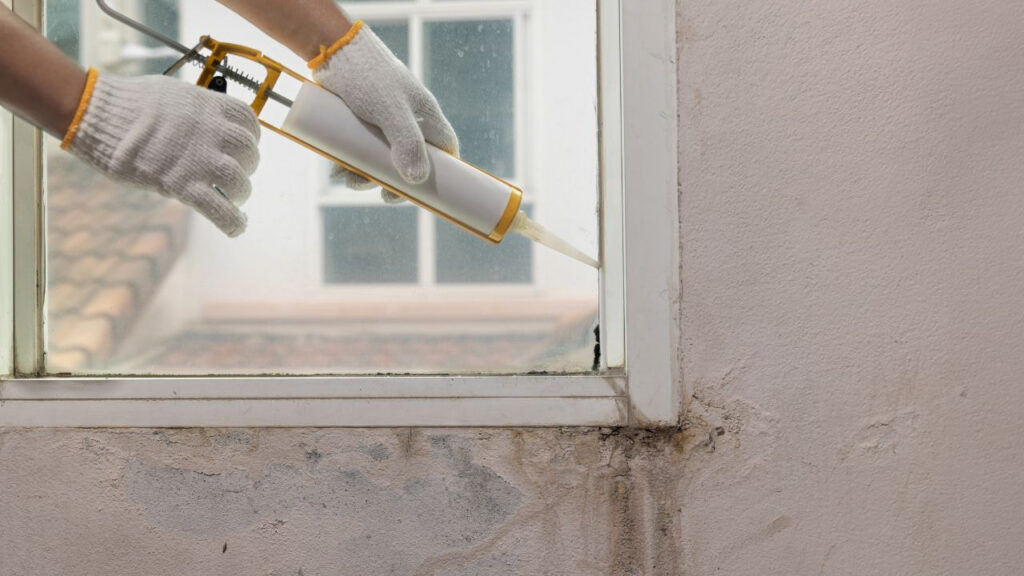
The sealant’s integrity is crucial to preventing water leaks. Window seals, including caulking and rubber gaskets, naturally deteriorate.
Over time, caulking and other sealants, such as glazing putty, may crack, shrink, or peel away from the glass and frame, particularly in windows exposed to direct sunlight or fluctuating temperatures.
Making frequent inspections and maintenance essential to prevent leaks.
4. Faulty Window Design

Some window designs are inherently more prone to leakage, especially if unsuitable for the regional climate.
In Singapore, designs that do not adequately protect against wind-driven rainwater can facilitate water accumulation and leakage.
Issues often arise from designs that do not properly channel water away from the window structure.
5. Improper Drainage Design
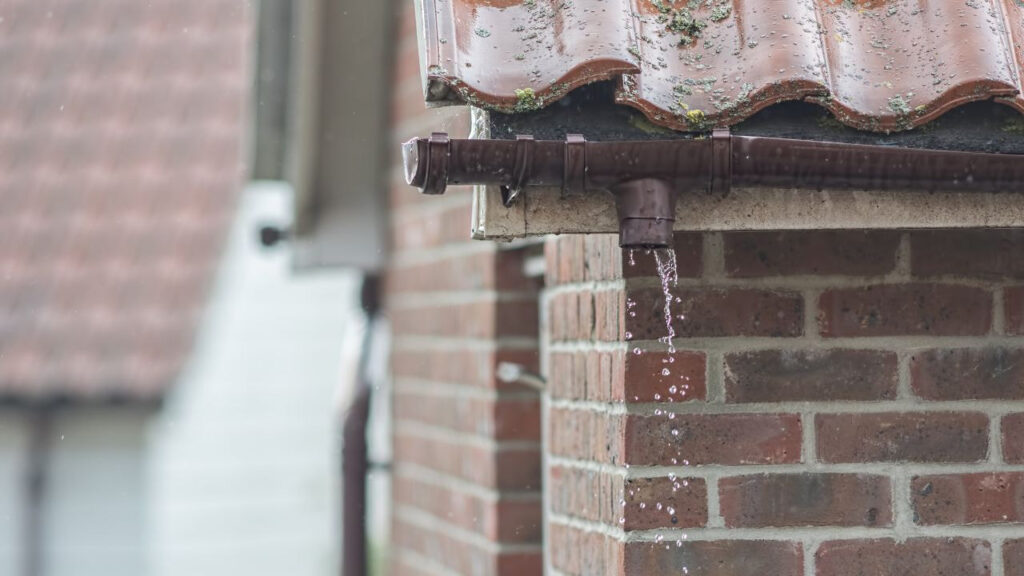
Effective drainage systems in windows are crucial to prevent water from pooling and seeping through.
If the drainage channels or weep holes are clogged with debris, water cannot escape, leading to accumulation and potential leaks.
Regularly cleaning these areas is necessary to maintain their function, especially after storms or in dusty environments.
6. Building Settlements
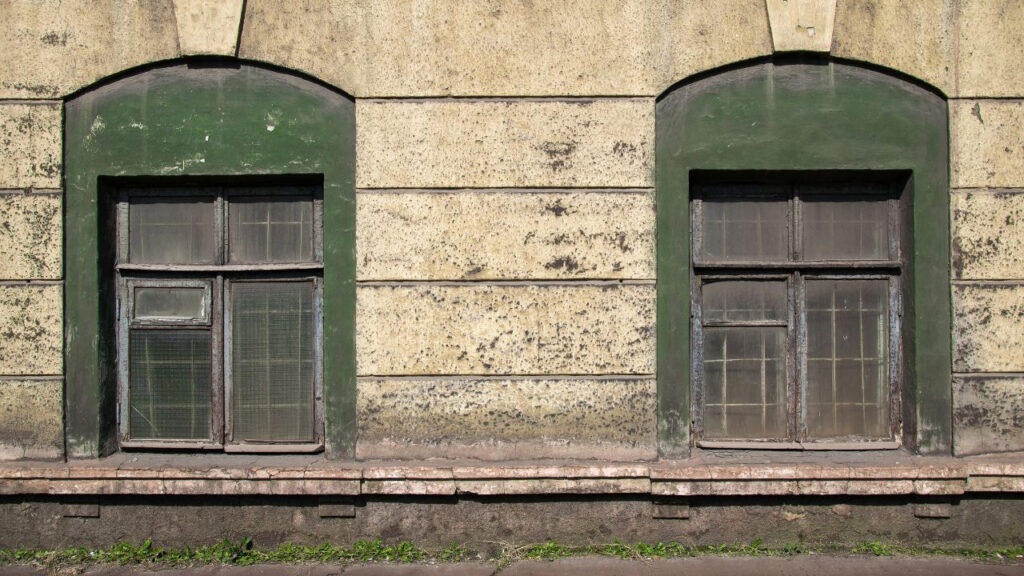
Over time, buildings naturally settle, which can cause windows to shift from their original positions.
This movement might create small gaps around the frame that weren’t initially present, allowing water to infiltrate.
The cyclical nature of temperature changes further exacerbates this issue by causing materials to expand and contract, widening these gaps.
7. External Factors
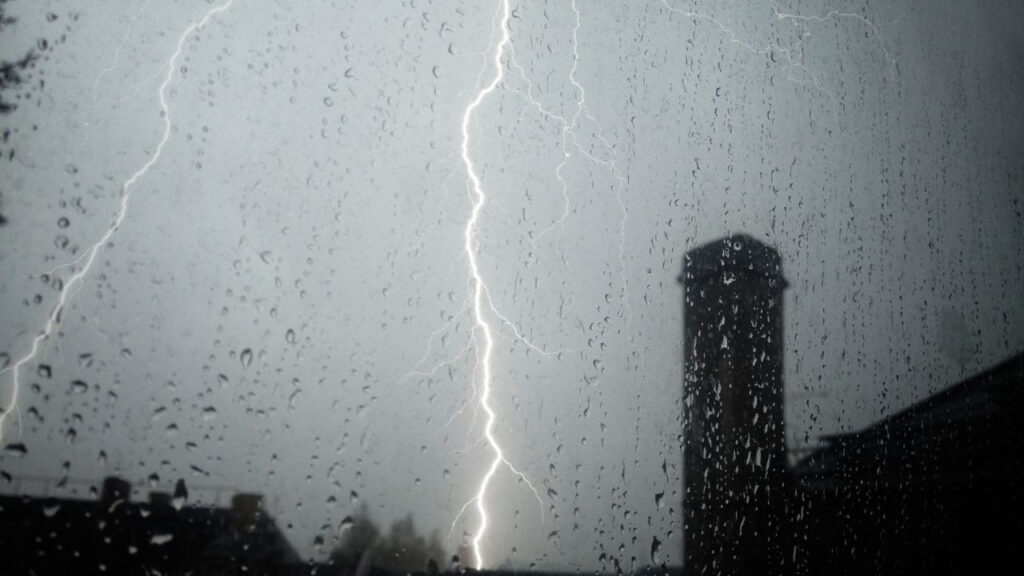
Apart from structural and material weaknesses, external forces like heavy rainstorms, construction debris impacts, or even accidents can cause immediate and severe damage to windows.
In Singapore, where sudden heavy rains are common, ensuring windows are resilient and regularly inspected can help mitigate these risks.
Preventive Measures & Solutions: Stop Window Leaks!
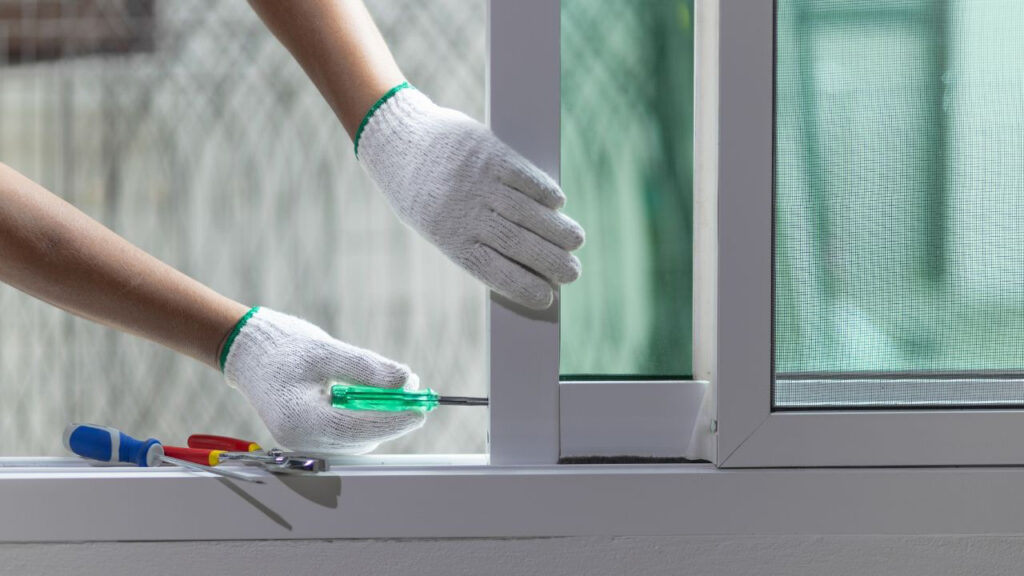
Regular maintenance is crucial in managing the integrity of your window installations. It is said that early detection can prevent minor issues from becoming major leaks.
Here are some strategies to prevent leaky window frames and ensure your windows remain in optimal condition:
Routine Inspections
Regularly check your window frames for signs of ageing or damage, such as cracked caulking, peeling paint, or any water stains around the window frame.
Proper Cleaning and Maintenance
Ensure that the drainage holes of your windows are clear of debris. Cleaning these areas can prevent water from accumulating and causing damage.
Re-sealing and Caulking
Replacing old caulking and applying new replacement sealant is essential for addressing issues where broken sealant windows leak at the bottom corner of the frame or where the glass meets the window sill.
Check Flashing and Weather Stripping
Ensure that the flashing is installed correctly and in good condition can prevent water ingress. Similarly, inspect and replace weather stripping that is no longer effective.
Professional Assessment and Repairs
For more complex issues, such as misalignment due to building settlement or design flaws.
Upgrade to Modern Window Solutions
If persistent issues arise, upgrading to modern windows designed for your climate can be a more effective solution.
Repair or Replace?

Once you’ve grasped the reasons behind a leaky window and explored preventative measures, the next step is addressing any existing issues.
Deciding whether to repair or replace your windows depends mainly on the severity of the damage. Minor leaks might only need quick fixes, while more extensive damage, like signs of damp or soft wood, could require complete replacement.
At Nanyang Aluminium, we excel at evaluating the condition of your windows. We are your window professional specializing in aluminium windows. So, be it repair or replacement, you can trust us with your leaky windows.
Ready to Resolve Your Window Issues with Nanyang Aluminium?
As you weigh the options between repairing or replacing your leaking windows, remember that the right expertise is just a call away!
At Nanyang Aluminium, we pride ourselves on our quality workmanship and dependable service, guiding you through each step. With our BCA and HDB-certified solutions in aluminium and glass installations, we ensure your property’s needs are met with precision and care.
Don’t compromise on quality or reliability. Contact us now at Nanyang Aluminium for a quick site quotation and take advantage of our expert service and direct factory pricing.
Enhance the integrity and aesthetics of your space with our trusted industry-leading solutions.

